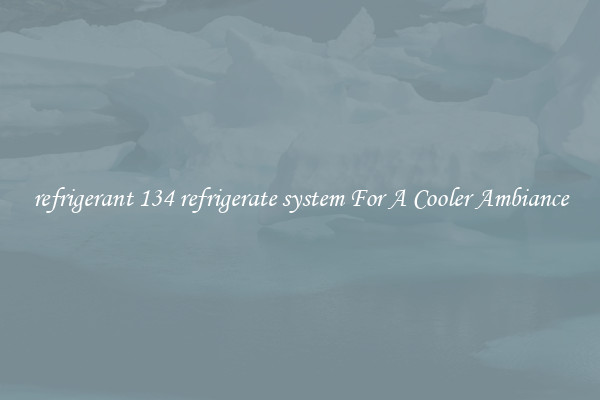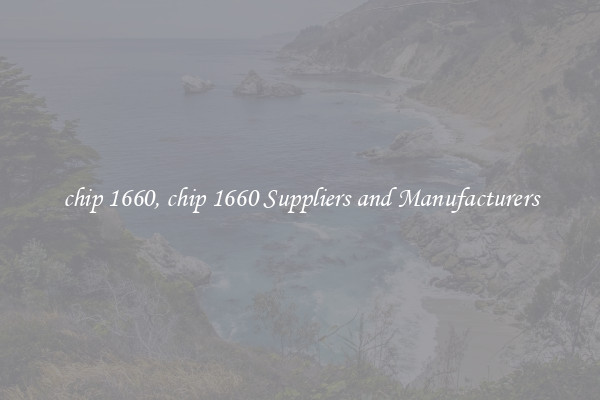refrigerant 134 refrigerate system For A Cooler Ambiance
Refrigerant 134, also known as R-134a, is a widely used refrigerant in the cooling systems of various appliances and vehicles. Its efficient cooling properties make it a popular choice for refrigeration systems, particularly in air conditioning units and refrigerators. Refrigerant 134 is a hydrofluorocarbon (HFC) and is considered to be a safer alternative to older refrigerants such as R-12, which have been found to be harmful to the environment.

The refrigerant 134 refrigeration system works by absorbing heat from the surrounding environment and releasing it outside, thus creating a cooler ambiance. The refrigerant is compressed and then circulated through a series of coils or pipes, where it undergoes a phase change from a gas to a liquid and vice versa. This process allows the refrigerant to absorb heat from the air inside the appliance or room, lowering the temperature and creating a comfortable environment.
One of the key benefits of using refrigerant 134 in refrigeration systems is its energy efficiency. The refrigerant is able to absorb and release heat effectively, allowing the system to operate at higher efficiencies and consume less energy. This not only helps to save on electricity costs but also reduces carbon emissions, making it a more environmentally friendly choice.
Another advantage of refrigerant 134 is its non-toxic and non-flammable nature. This makes it safer to work with and eliminates the risk of exposure to harmful chemicals in case of a leak. Additionally, refrigerant 134 does not contribute to ozone depletion, unlike other refrigerants that have been phased out due to their harmful effects on the ozone layer.
Overall, refrigerant 134 refrigeration systems offer a reliable and efficient cooling solution for a variety of applications. Whether it's cooling your home, office, or vehicle, refrigerant 134 can help create a cooler and more comfortable environment. With its energy efficiency, safety, and environmental benefits, it's no wonder that refrigerant 134 is a popular choice for refrigeration systems worldwide.

View details

View details

View details

View details








